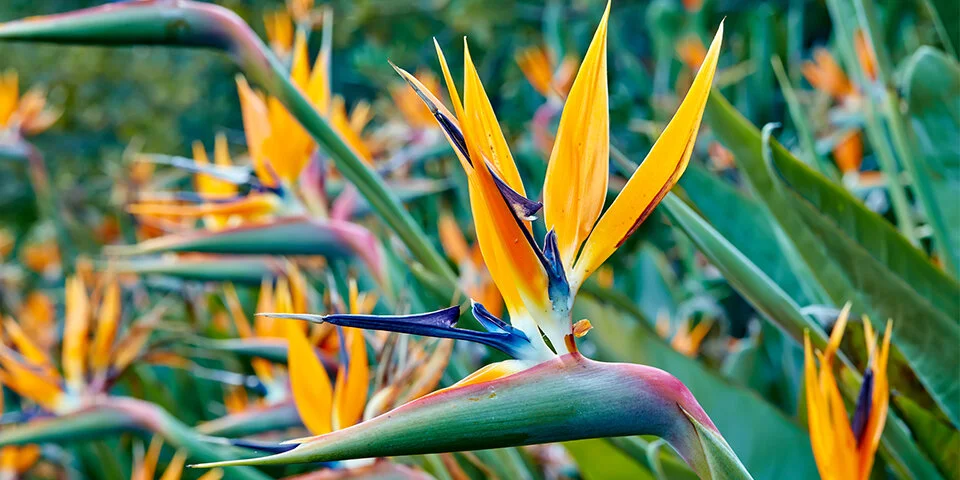Though we have grown sweet corn for decades, it remains surprising to me how successful a crop it is in our overcast La Jolla summers. This year was especially challenging with an unusually cool and rainy spring and early summer. Seeds planted in the first week of March failed to germinate and our first crop was about four weeks late. We were still able to get six harvests, the last in the third week of November. Years of repeated planting in our small kitchen garden has kept us in delicious corn through about six months of the year but also has made us susceptible to an insect attacker that the UC Integrated Pest Management website describes as “not considered a pest." I realize that this is a problem that will be of concern to few readers of this column, unless they share the passion for garden-fresh home-grown corn that I inherited from my Ohio-born American mother. However, it brings up some interesting questions of pest management when there are few effective insecticides still available to the California home gardener.
Leaf miners produce a characteristic pattern of yellow or white trails on the leaves of many plant species. By burrowing into the leaf parenchyma, the larva enjoys a ready supply of food and is less exposed to predators than if it were feeding on the leaf surface. Larvae of many insect species, including beetles and flies, employ this strategy, but most are butterflies or moths. The one most familiar to California gardeners is the citrus leaf miner, a recent introduction from Mexico.
The corn blotch leaf miner is the larva of a small fly, Agromyza parvicornis. It occurs through most of the United States and southern Canada but does not seem to have spread to the rest of the world. It was described as a new arrival to Idaho in 2002 and so it is likely that it’s moving northward as the climate warms. A search on the internet yields publications from many states showing photos of the typical leaf damage but advising against attempts to eradicate it and saying that it is not a significant source of economic loss. I was surprised at this dismissal because it has become a serious pest in our garden, but I realize that we have provided the creature with ideal conditions.
The adult fly lays its eggs on both upper and lower surfaces of the leaves. The newly hatched larvae burrow into the leaves where they progressively elongate and widen their mines until a heavily infested leaf can dry up and shrivel. The photo shows an example of a moderately severe attack. The damage is mostly confined to the lower leaves, perhaps because their thinner cuticle is more readily penetrated. The larvae may pupate within their tunnels and the adult flies emerge from the leaves or, later in the year, the pupae drop to the ground where they can overwinter in the soil. The duration of the larval and pupal stages is affected by temperature and the whole life cycle can last from four to six weeks, meaning that there are probably five generations a year in our climate.
The above explains what we have observed in our garden. We make six or seven plantings of corn each year and the first two show only mild damage. As the season advances, the damage to the leaves increases. As daylight hours diminish, growth slows, resulting in smaller leaves and damage to a greater fraction of the photosynthesizing portion of the plants. Only the last two plantings are so severely attacked that their growth is stunted, and they have fewer and smaller ears.
We generally make the last planting of seeds around August 15 and expect to cut the ears in mid-November. This year I delayed the last planting to August 22 but harvested them at about the same time.
I try to move the plantings away from where corn has recently grown, but that’s difficult in a small garden where we make a dozen or more plantings in a 2-year period. Later in the year the insect can go through two life cycles in the time it takes one planting to mature, so the hatch of pupae will find host plants immediately on hand. I’ve tried spraying with spinosad, thinking that it might kill the eggs before they hatch and burrow into the leaf. I wasn’t impressed with the result and so gave up, not wanting to encourage resistance. I think my best defence in the future will be to spread successive plantings as far apart as possible. It may also help to deep-cultivate the bed before setting out corn seedlings in the hope of burying pupae on the soil surface so deep that they can’t dig themselves out after they hatch.
